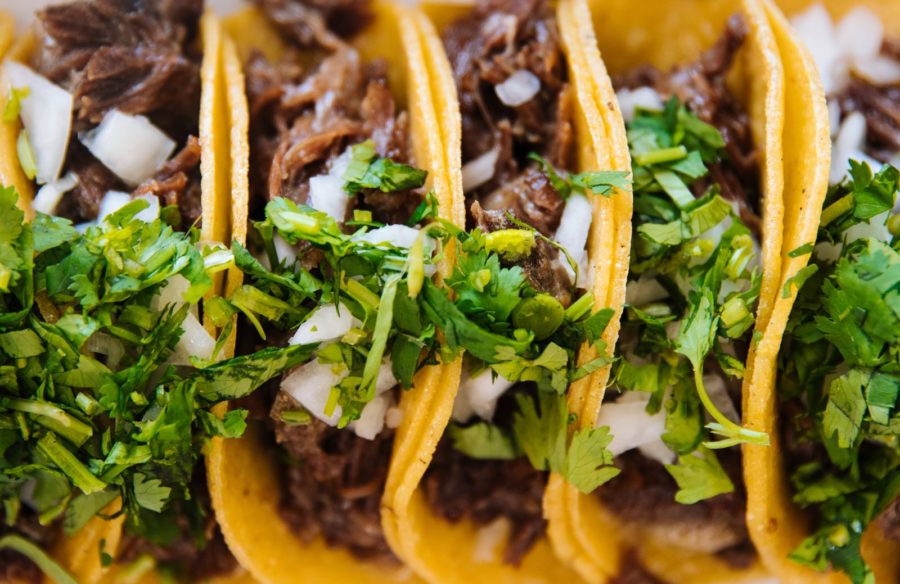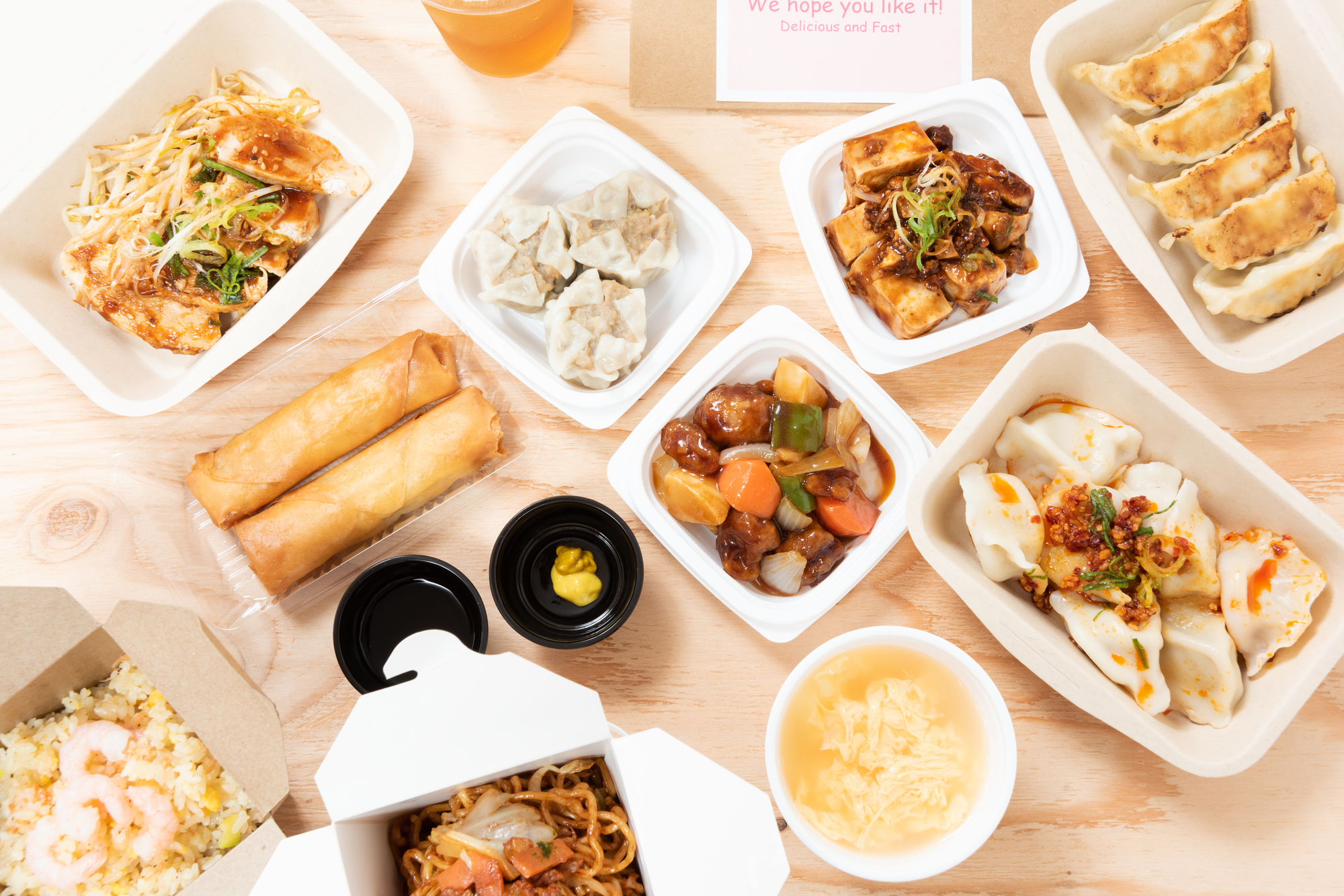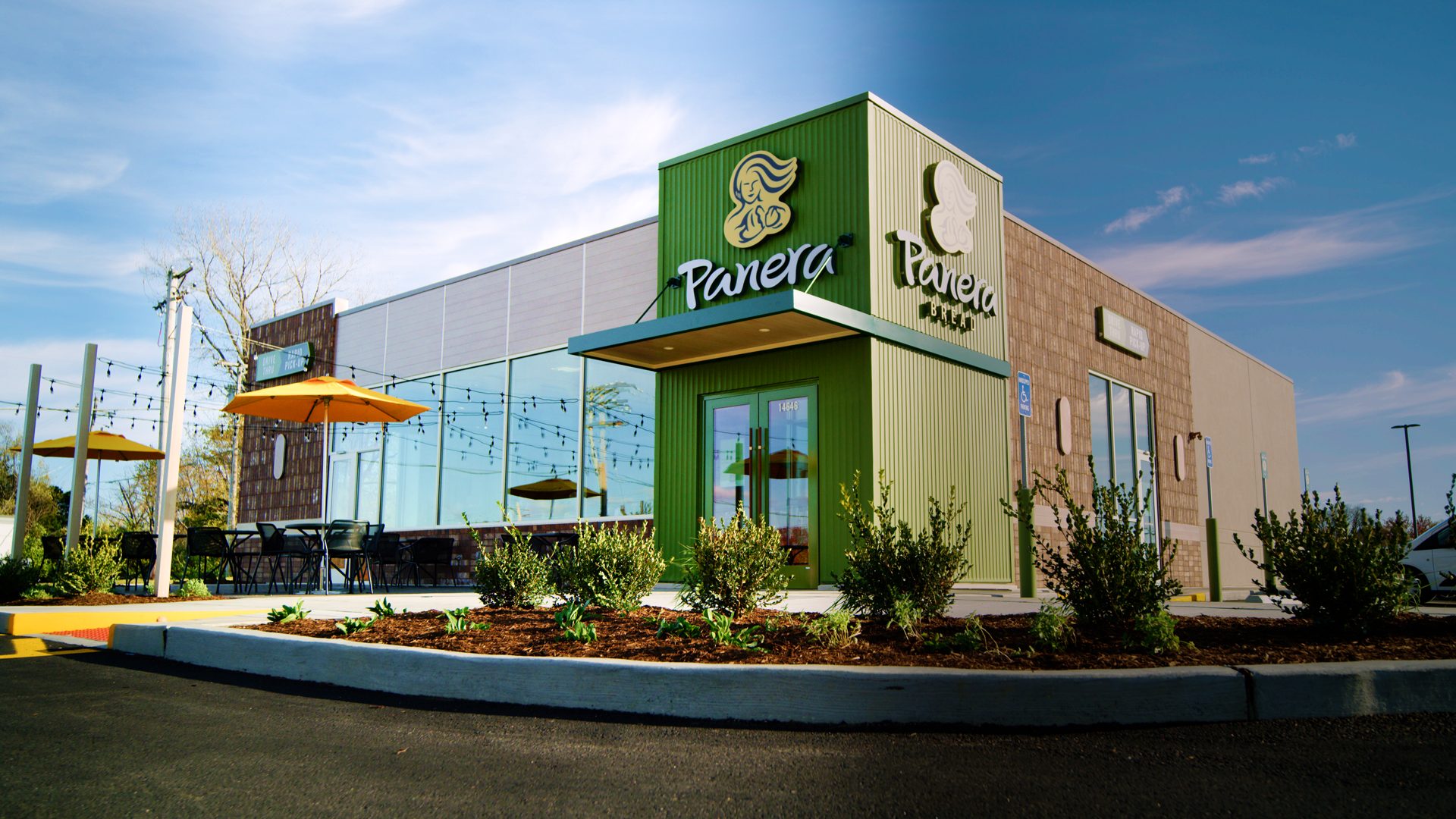Chipotle Mexican Grill isn’t just boosting wages for its workers; it’s also increasing menu prices by nearly 4% to cover those raises.
That’s according to a CNBC report which noted the company will be bringing average wages to $15 an hour by the end of June. Company executives said recently that the menu price increases were linked to the wage initiative.
“It feels like the right thing, at the right time, and it feels like the industry is now going to have to either do something similar or play some kind of catch-up,” CFO Jack Hartung said at a recent industry conference. “Otherwise you’ll just lose the staffing gain.”
In addition to the increased costs associated with rising wages, the company is contending with industry-wide headwinds towards higher prices. Restaurant operators are dealing with returning (and sometimes inconsistent) demand after a challenging pandemic year, and distribution of supplies has been erratic as operations ramp up.
CEO Brian Niccol said the company doesn’t like to raise prices, and didn’t plan to increase prices further. However, Hartung hedged the bet.
“Ingredient costs, there’s talk about it. We’ll see where that leads,” Hartung said.
Rising Wages in the Foodservice Sector
Chipotle is only the most recent QSR to raise wages. McDonald’s said it would raise wages at company-owned locations by an average of 10%, with entry-level workers earning between $11 and $17 per hour, reported ABC News (May 19).
Additionally, workers at Olive Garden, LongHorn Steakhouse, Cheddar’s Scratch Kitchen and the rest of Darden Restaurants’ portfolio of brands will earn at least $10 per hour, including tip income. The company also planned to increase wages through 2023, when the minimum would reach $12 per hour, reported MarketWatch (March 31).
The ABC report noted White Castle was piloting higher wages at Detroit locations, and Starbucks was also getting in the mix. The company raised wages by at least 10% for all workers Dec. 14, 2020, and increased the premium above minimum wage in every market, reported Nation’s Restaurant News (Nov. 19, 2020).
While the raises at the time were framed in the context of then-President-elect Joe Biden’s vow to raise the minimum wage to $15 per hour, another force is helping to push foodservice worker pay rates up: a stagnant labor market.
In short, it appears those who used to work in the foodservice are either working in different sectors or remain unwilling to return following a pandemic year where many restaurant operations were forced to down-size as dining rooms across the country closed. Although the leisure and hospitality industries added 292,000 jobs in April as restrictions eased, the Bureau of Labor Statistics noted overall employment in the category was down 2.5 million jobs (or 15%) when compared to February 2020.
Other Companies Feel Heat with Inflation
Major CPG and meat companies also say rising prices are fueling their inflation fears. Manufacturers say profit margins are shrinking due to higher costs for raw materials, with companies from General Mills to Hormel Foods Group opting to raise prices, reported The Wall Street Journal (June 7).
JM Smucker CEO Mark Smucker argued he and his company saw inflation “across the board” and that it would be forced to pass some price increases onto consumer. He said inflation was pressing prices more than usual, reported Business Insider (June 3).
The food industry (and the greater economy overall) will await the Bureau of Labor Statistics’ inflation report set to be released Thursday, with Wall Street expecting the number to be 0.4%. In April, the agency reported a 4.2% annualized increase. If the Wall Street projection is correct, it would represent a 4.8% annualized increase.











